The 8 Best Podcast Headphones for 2023 & Beyond
The list of 8 perfect headphones for podcasting that take into account price, frequency response, noise cancellation, sound quality, and other facets.
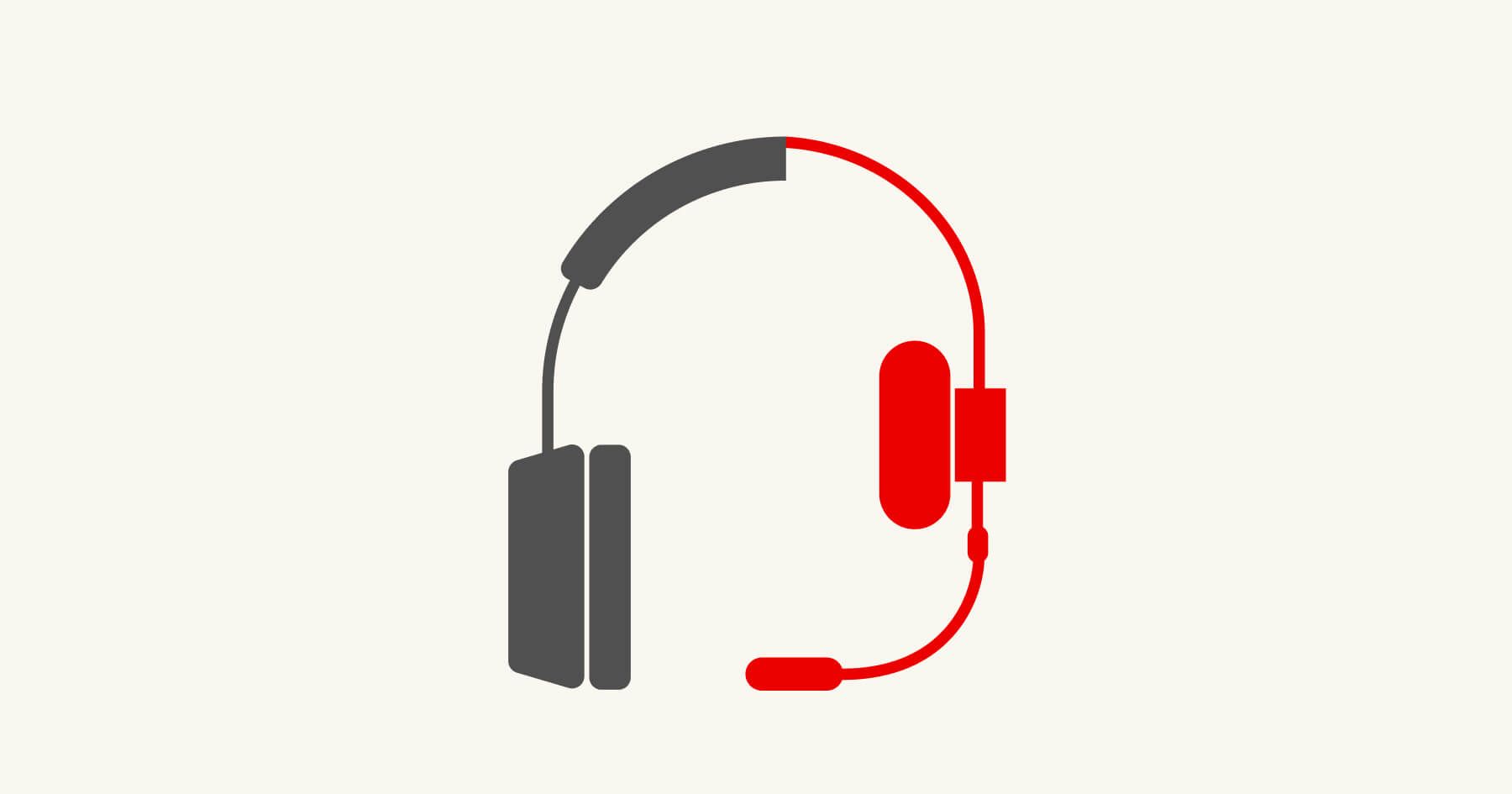
Podcasting is growing, and so is the competition between the creators; that's why delivering exceptional audio quality is key to capturing your audience's attention and keeping them engaged, and for that, having the right podcast equipment is crucial.
From over-ear studio headphones to compact in-ear monitors, the world of podcasting headphones is diverse and exciting, offering options to suit every budget and need, and we're here to guide you on your quest to find the best podcast headphones;
In this comprehensive guide, we'll explore some of the top options on the market and explain why investing in a quality pair of headphones can make all the difference in your podcasting journey.
So, whether you're a solo podcaster, part of a podcasting team, or simply an avid podcast enthusiast looking to enhance your listening experience, let's discover the best podcasting headphones we have this year.
What to look for in podcast headphones
When selecting headphones for podcasting, there are several key factors to consider to ensure you make the right choice for your needs. Here's the list of what to look for in your perfect headphones pair:
Sound quality: Look for headphones with flat or neutral frequency response, meaning they don't overly emphasise bass, mids, or highs. This ensures you hear your audio content as it truly sounds.
Closed-back design: Closed-back headphones provide better noise isolation by blocking out external sounds. This is especially important if you record in noisy environments or want to avoid audio bleed into your microphone.
Comfort: Sometimes, you have to wear your headphones for extended periods during recording and editing. To spend this time with comfort for your head and ears, choose headphones with cushioned ear pads and an adjustable headband to prevent discomfort or fatigue.
Durability: Look for headphones made with high-quality materials that can withstand regular use. Reinforced cables and a sturdy build can prolong the lifespan of your headphones.
Noise isolation: Effective noise isolation reduces the chances of unwanted ambient noise getting into your recordings. Closed-back headphones generally provide better isolation than open-back models.
Cable length and type: Ensure the cable length is suitable for your recording setup. Detachable or coiled cables can offer flexibility, and a 3.5mm or 1/4-inch jack should be compatible with your recording equipment.
Impedance: Low-impedance headphones (around 32 ohms) are generally more compatible with a wider range of devices, including portable recorders and audio interfaces.
Sensitivity: Headphones with higher sensitivity require less power to produce a given volume level. This can be advantageous when using portable recording equipment or when you want to monitor at lower volumes.
Portability: If you record on the go, headphones that fold up or have a compact design are convenient for travel and storage.
Microphone compatibility: If you plan to use headphones with a built-in microphone for podcasting or online meetings, ensure they are compatible with your recording setup or device.
Budget: Last but not least. Determine your budget and look for headphones that offer the best combination of features within your price range.
Here’s the list of headphones that match all these criteria.
Best podcast headphones for all budgets & needs
We've compiled top headphones recommendations across different price ranges and styles, taking into account why they're suitable for podcasting.
Audio-Technica ATH-M50x
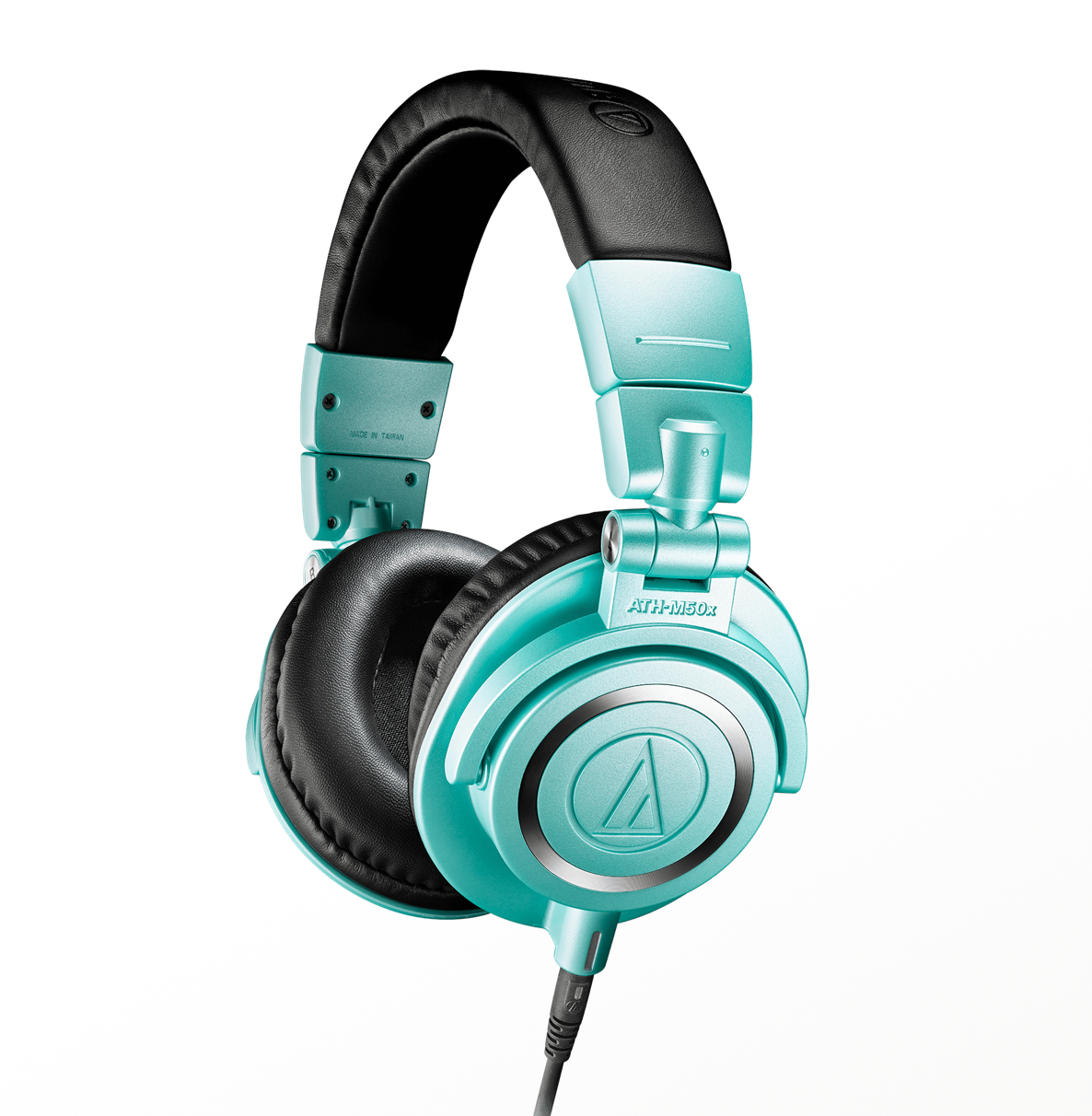
Price: Mid-range, $149
Type: Over-ear
Why pick: Renowned for their exceptional sound quality and durability, these studio headphones offer accurate audio reproduction, making them ideal for podcasters who prioritise precise monitoring. Headphones feature 45 mm large-aperture drivers with copper-clad aluminium wire voice coils, plush sound isolation pads, and an over-ear design. Available in four colours: black, white, ice blue, and navy blue.
Frequency response: 15 Hz - 28 kHz
Sony WH-1000XM4

Price: High-end, $349
Type: Over-ear (noise-cancelling)
Why pick: Up to 30-hour battery life with quick charging (10 min charge for 5 hours of playback). Touch Sensor controls lets you pause, skip, and play tracks, adjust volume, activate your voice assistant4, and answer phone calls. Speak-to-chat technology automatically reduces volume during conversations.
These noise-cancelling headphones provide superb sound quality and comfort. They are great for podcasters in noisy environments or those who value comfort during long recording sessions. Available in black, silver, and deep blue.
Frequency response: 4 Hz - 40 kHz
Beyerdynamic DT 770 Pro
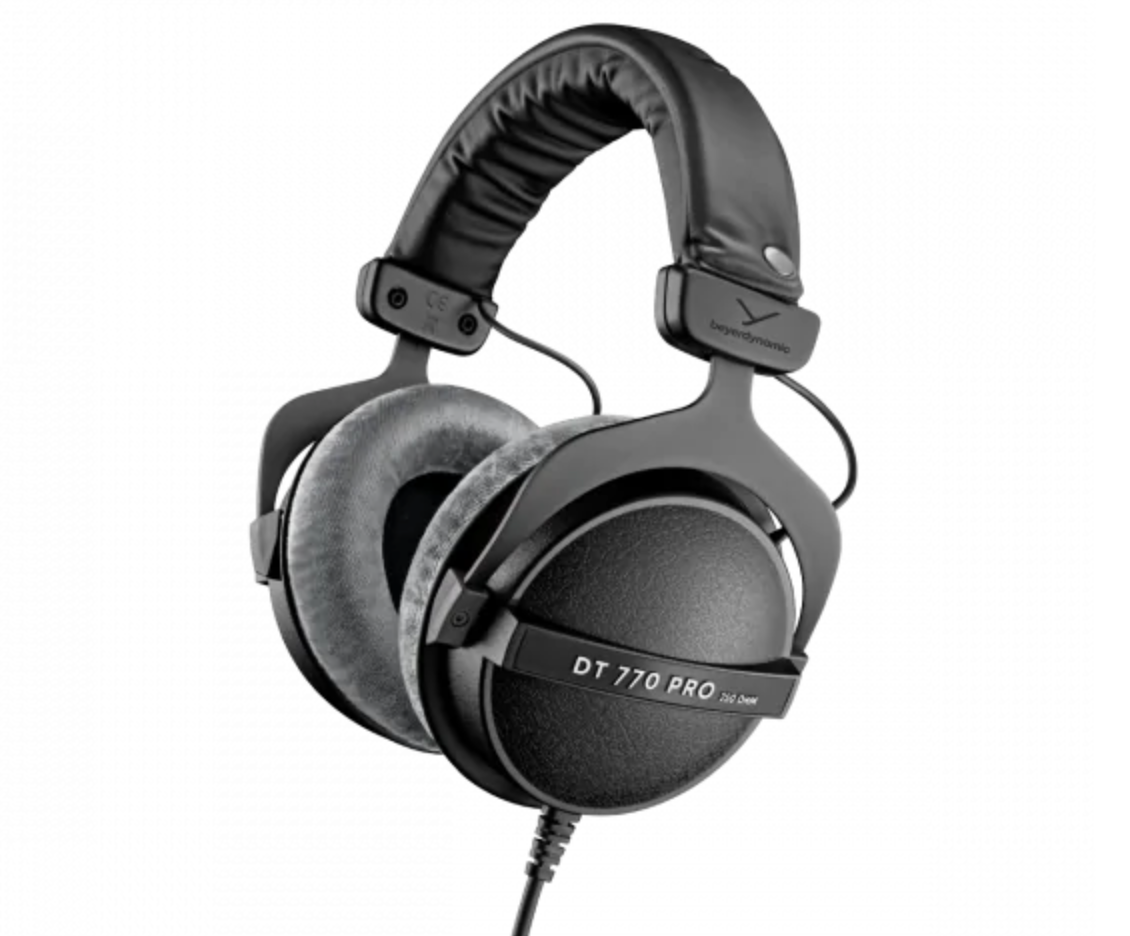
Price: Mid-range, $169
Type: Over-ear (closed-back)
Why pick: Comfort and excellent sound isolation. These headphones are a favourite among podcasters. They offer a balanced sound profile, which is crucial for accurate audio monitoring. The headphones are comfortable to wear owing to soft ear pads. A comfortable fit is provided thanks to the rugged, soft padded headband construction. They reproduce the entire frequency range with incredible precision and even reproduce low frequencies in punchy detail. The headphones are made for music and sound monitoring, providing a neutral listening environment with excellent isolation and impulse response.
Frequency response: 5Hz - 35kHz.
Sennheiser HD 280 Pro
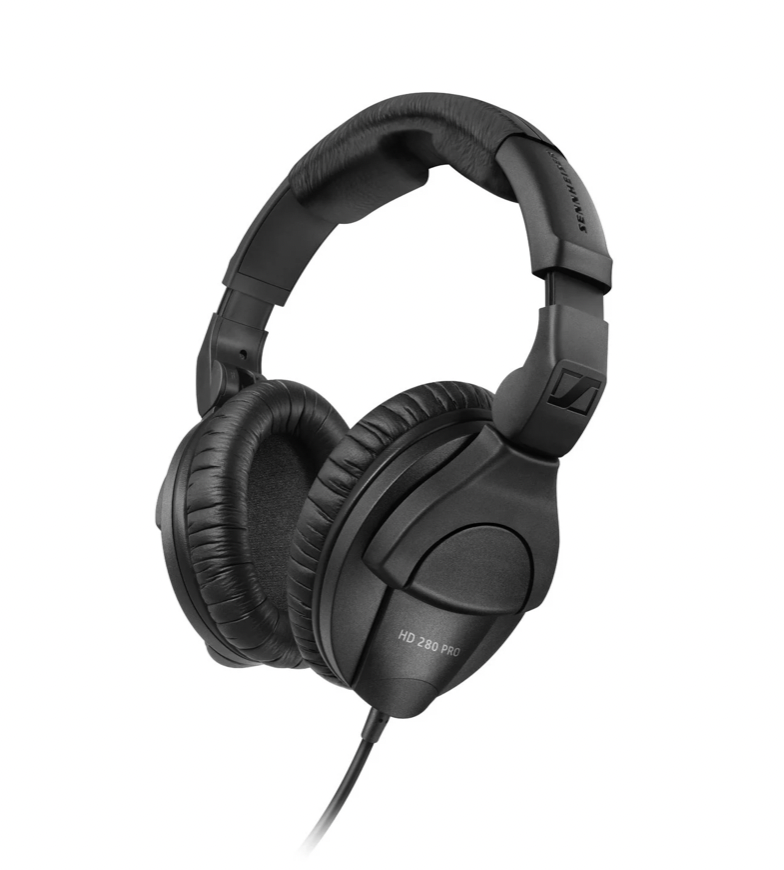
Price: Budget-friendly, $99
Type: Over-ear (closed-back)
Why pick: These headphones provide a reliable and cost-effective option for podcasters on a budget. The HD 280 Pro has an extremely robust construction combined with sound quality and effective noise cancellation. These headphones provide high ambient noise attenuation, accurate, linear sound reproduction, and soft earpads for a comfortable fit.
Frequency response: 8Hz - 25 kHz
Shure SE215
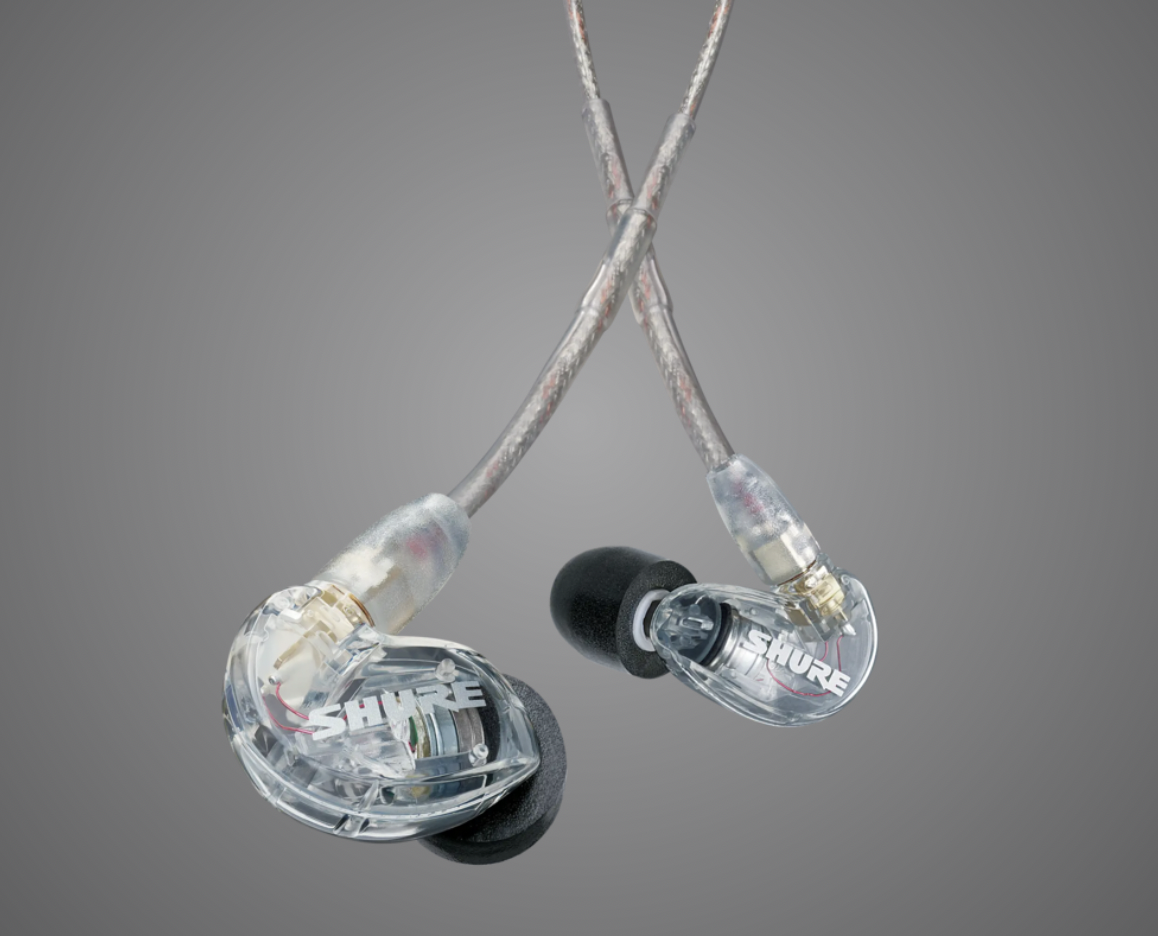
Price: Budget-friendly, $99
Type: In-ear (earphones)
Why: These in-ear headphones are compact and comfortable, and are an excellent choice for podcasters on the move. They offer clear audio and effective noise isolation, provide crystal-clear audio and deep bass, and come with a detachable cable for wireless use. With a sound-isolating design, they keep outside noise at bay, providing an immersive audio experience wherever you go. The package includes a zippered carrying case and a fit kit complete with a range of sleeves for a personalised fit.
Frequency response: 5 Hz - 35 kHz
Sony MDR-7506
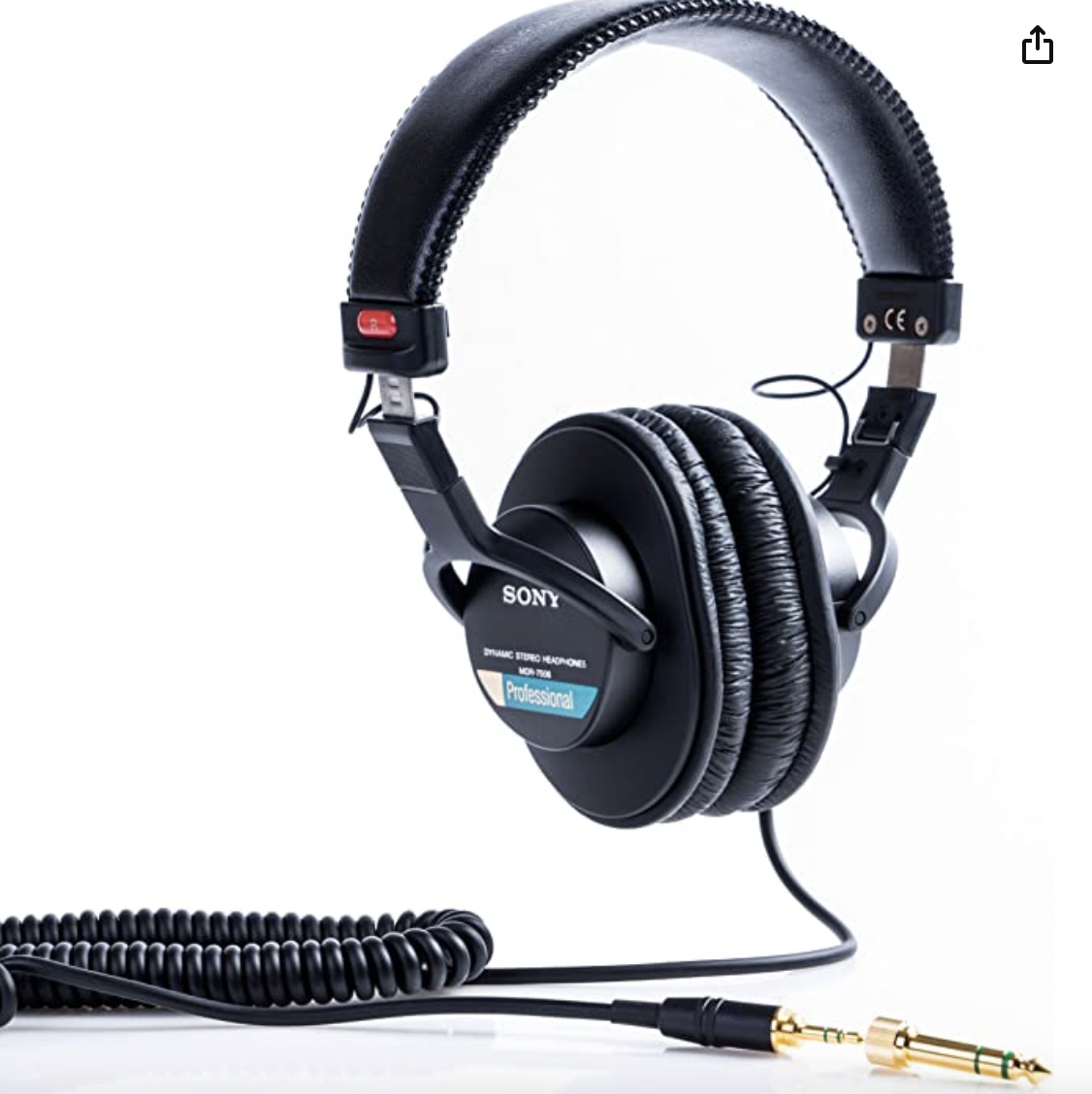
Price: Budget-friendly, $99
Type: Over-ear (closed-back)
Worth buying for: A classic choice in the podcasting world, these headphones are affordable and deliver accurate sound reproduction, making them suitable for beginners and experienced podcasters alike. Closed ear design provides comfort and outstanding reduction of external noises.
Frequency response: 10 Hz - 20 kHz
Bose QuietComfort Earbuds

Price: High-end, $299
Type: True wireless earbuds (noise-cancelling)
Why: These earbuds offer excellent sound quality and noise cancellation and allow you to always get fantastic sound quality because CustomTune technology auto-adjusts it to your ears, personalising sound to the shape of your ears for an immersive listening experience. They are perfect for podcasters who need portability and flexibility in their recording setup.
AKG K72
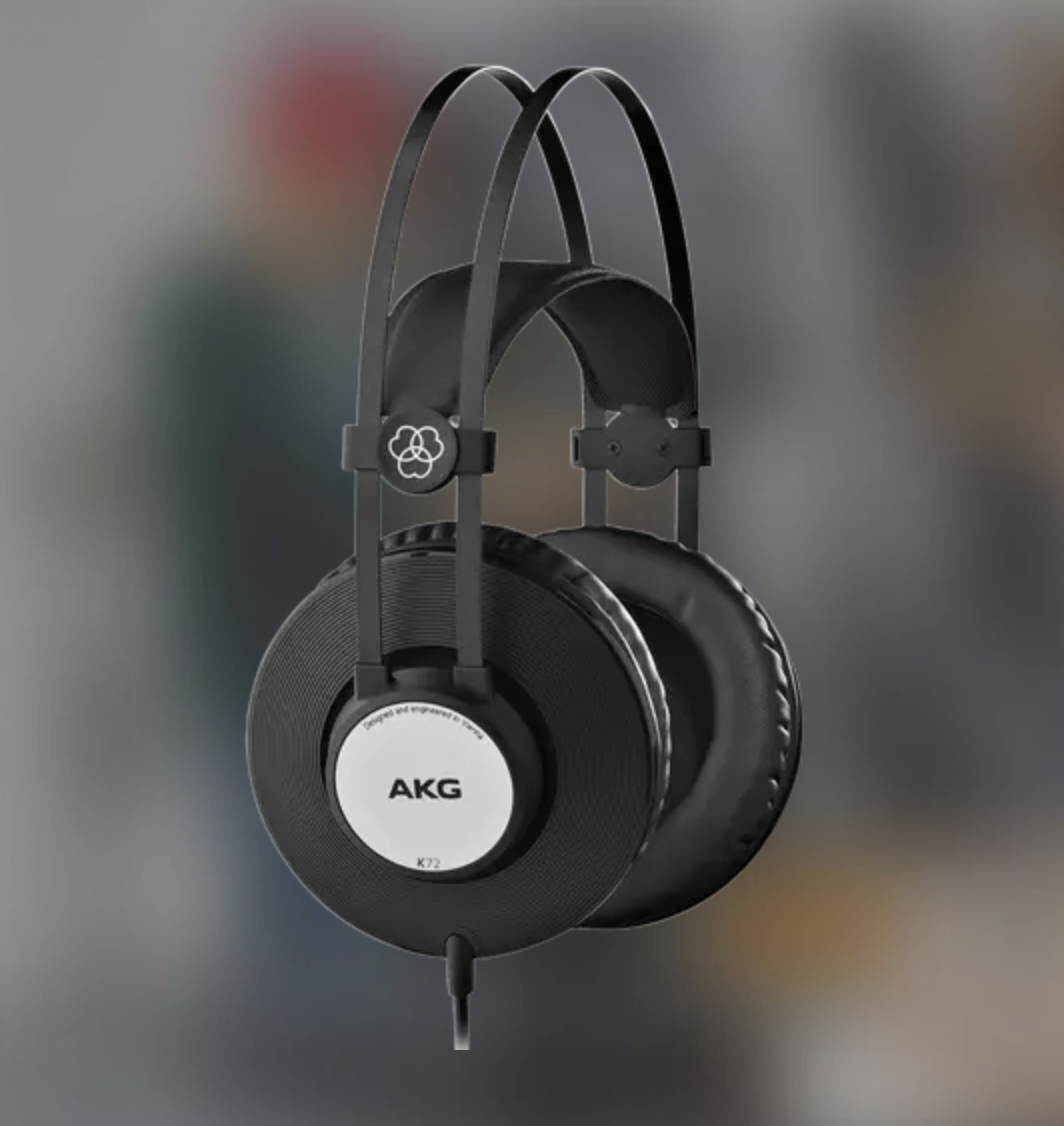
Price: Budget-friendly, $65
Type: Closed-back
Why: These headphones offer a balanced and natural sound signature. They aim to reproduce audio accurately without exaggerated bass or treble frequencies, which can be desirable for studio monitoring and critical listening. A closed-back, over-ear design helps in isolating external noise and prevents sound leakage. The ear cushions and headband are usually padded to provide comfort during extended listening sessions.
Frequency response: 15 Hz - 22 kHz
Why you need headphones for podcasting
Headphones are an essential tool for podcasting, and their importance cannot be overstated. Why? Just take a look:
Audio monitoring
To ensure the highest audio quality, you need to hear exactly what your microphone is capturing. Headphones allow you to monitor your voice, background noise, and any potential audio issues in real time. This enables you to make adjustments while recording, reducing the need for time-consuming post-production edits.
Sound quality control
High-quality headphones provide accurate sound reproduction. This means you can hear subtle nuances in your voice and any potential audio imperfections, such as background noise, distortion, or plosive sounds. With this level of control, you can make immediate adjustments to your microphone setup, recording environment, or microphone technique to ensure the best sound quality possible.
Noise isolation
Closed-back headphones, in particular, offer noise isolation, which helps you focus on your voice and the audio you're recording. By blocking out external sounds, you can maintain concentration and deliver a more professional and consistent podcast.
Co-host & guest communication
If you have co-hosts or guests on your podcast, wearing headphones can facilitate clear communication. Many podcasters use headphones with built-in microphones or dedicated podcast headsets to ensure smooth conversations and avoid audio feedback issues.
Recording in different environments
If you record your podcast in various locations, headphones become even more essential. They help you adapt to different acoustics and noise levels by allowing you to closely monitor the audio and make necessary adjustments on the fly.
Podcast headphones: Frequently asked questions
Which headphones types are better for podcasting?
There isn't a one-size-fits-all answer because the best choice depends on your specific needs, preferences, and budget. However, certain types of headphones are generally well-suited for podcasting. Here are the types of headphones to consider:
Closed-back over-ear headphones provide excellent sound isolation, helping you monitor your audio without outside noise interference. This makes them suitable for recording in various environments, including noisy ones. They are also comfortable to wear due to cushioned ear pads and an adjustable headband. But these headphones are larger and less portable compared to other headphone types. They can also become warm and less comfortable during prolonged use.
Closed-back on-ear headphones offer good sound isolation and are often more compact and portable than over-ear models. They can be a comfortable and effective choice for podcasting.
In-ear monitors (IEMs) are compact, lightweight, and offer good noise isolation, making them ideal for podcasters on the move. Some models are designed with detachable cables and memory foam tips for added comfort. However, they have limited soundstage, so they might have some audio leakage.
Studio headphones are specifically designed for audio professionals and offer accurate sound reproduction. They are an excellent choice if you prioritise precise audio monitoring during recording and editing.
Noise-isolating headphones are your bet if you record in a noisy environment or want to block out external sounds, noise-isolating headphones can be a good choice. These headphones use passive noise isolation to reduce ambient noise.
Headphones with a built-in microphone or detachable boom microphones are convenient for podcasters who also want to communicate with co-hosts or guests during recording.
This list isn't complete. The choice of headphone type for podcasting depends on your specific requirements, comfort preferences, recording environment, and budget. Each type has its strengths and weaknesses, so it's essential to prioritise the features that matter most to you and your podcasting setup.
What’s the difference between wired & wireless headphones?
Wired headphones connect to your audio source (e.g., smartphone, computer, audio interface) using a physical cable. The most common cable type is a 3.5mm audio jack, but some headphones use 1/4-inch jacks or other connectors.
They are also limited by the length of the cable, which can restrict movement and may lead to tangling. They are generally less convenient for activities that require freedom of movement.
Wireless headphones connect to your audio source via wireless technologies such as Bluetooth or RF (Radio Frequency). There's no physical cable between the headphones and your device.
These headphones offer greater mobility and convenience as they eliminate the need for a physical cable. Ideal for activities like exercise, commuting, or situations where you need to move around.
Regarding the sound quality, wired headphones offer slightly better sound quality compared to wireless headphones. This is because there's no compression or signal loss associated with wireless transmission.
Wired headphones, however, do not require a battery, so they can be used as long as your device has power, while wireless headphones depend on battery life for operation.
Wired headphones are compatible with a wide range of devices, including those without Bluetooth capability. However, some newer smartphones are omitting the 3.5mm audio jack, necessitating the use of adapters. Wireless headphones, in turn, require devices with Bluetooth compatibility. Compatibility may vary based on the Bluetooth version and codec supported by both the headphones and your audio source.
What headphones does Joe Rogan use on his podcast?
Oh, we couldn’t skip this question! Joe Rogan, the most popular podcaster ever existed, uses Sennheiser HD280 monitoring headphones.
Can you podcast without headphones?
Yes, but using headphones during podcasting offers several benefits that can significantly improve the quality of your podcast. But we’ve listed that above.
Are AirPods good for podcasting?
They can be, but their suitability depends on your specific podcasting needs and priorities. But AirPods may not provide the same level of audio quality and accuracy as dedicated studio headphones. What’s more, AirPods are not specifically designed for noise isolation, which means they allow ambient sounds to pass through. And most importantly, AirPods have a limited (very limited!) battery life, typically ranging from 4 to 5 hours of continuous use, depending on the model.
Follow us on Twitter, Instagram, Facebook, and Reddit to catch the Waveroom updates and never miss posts like this.